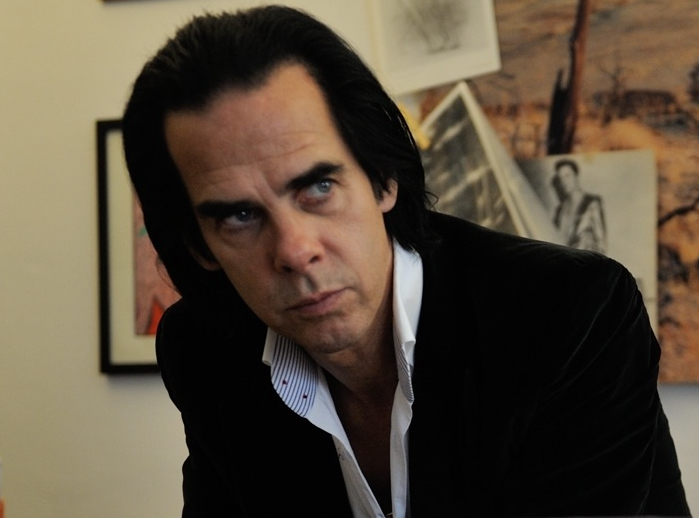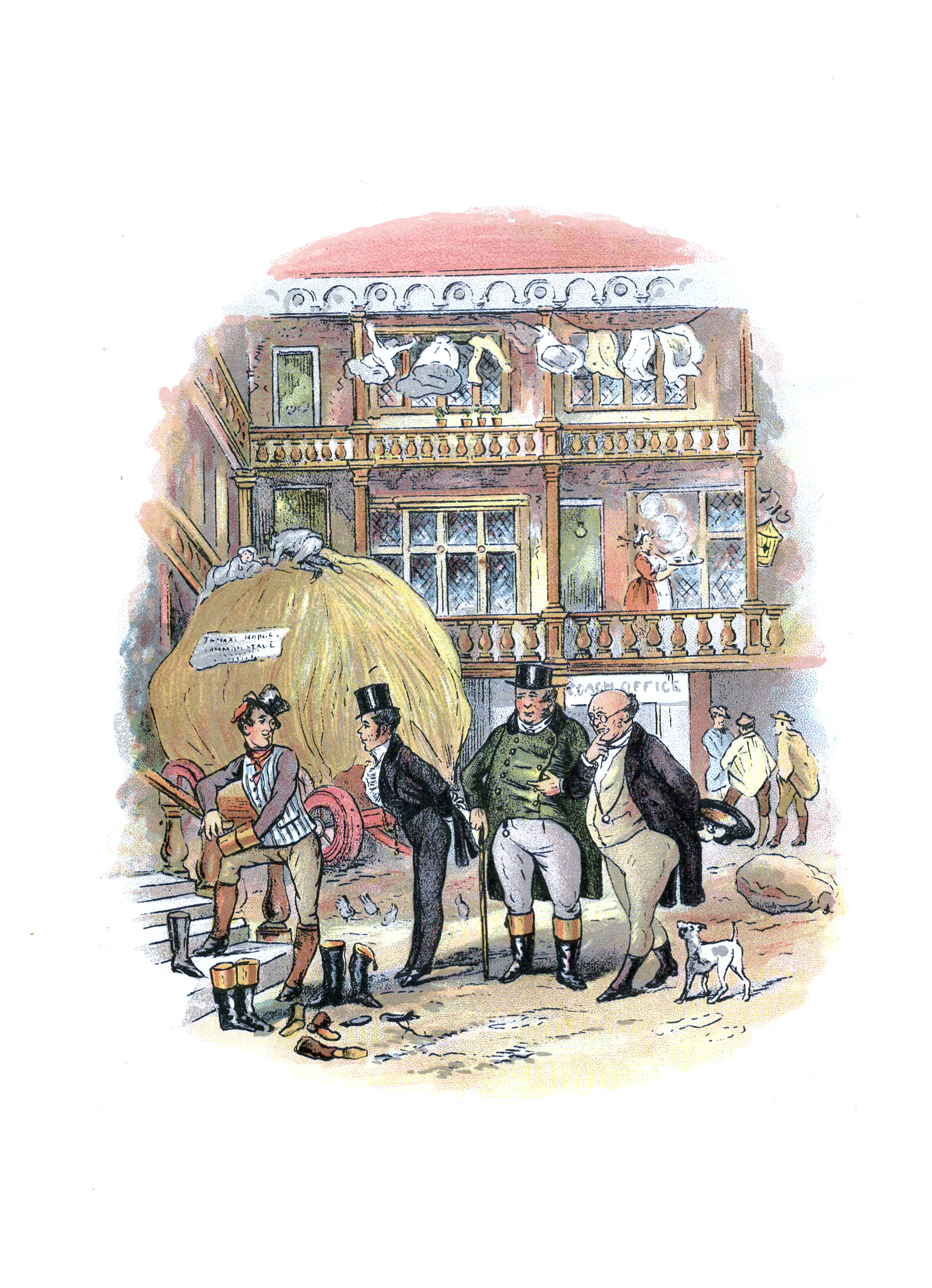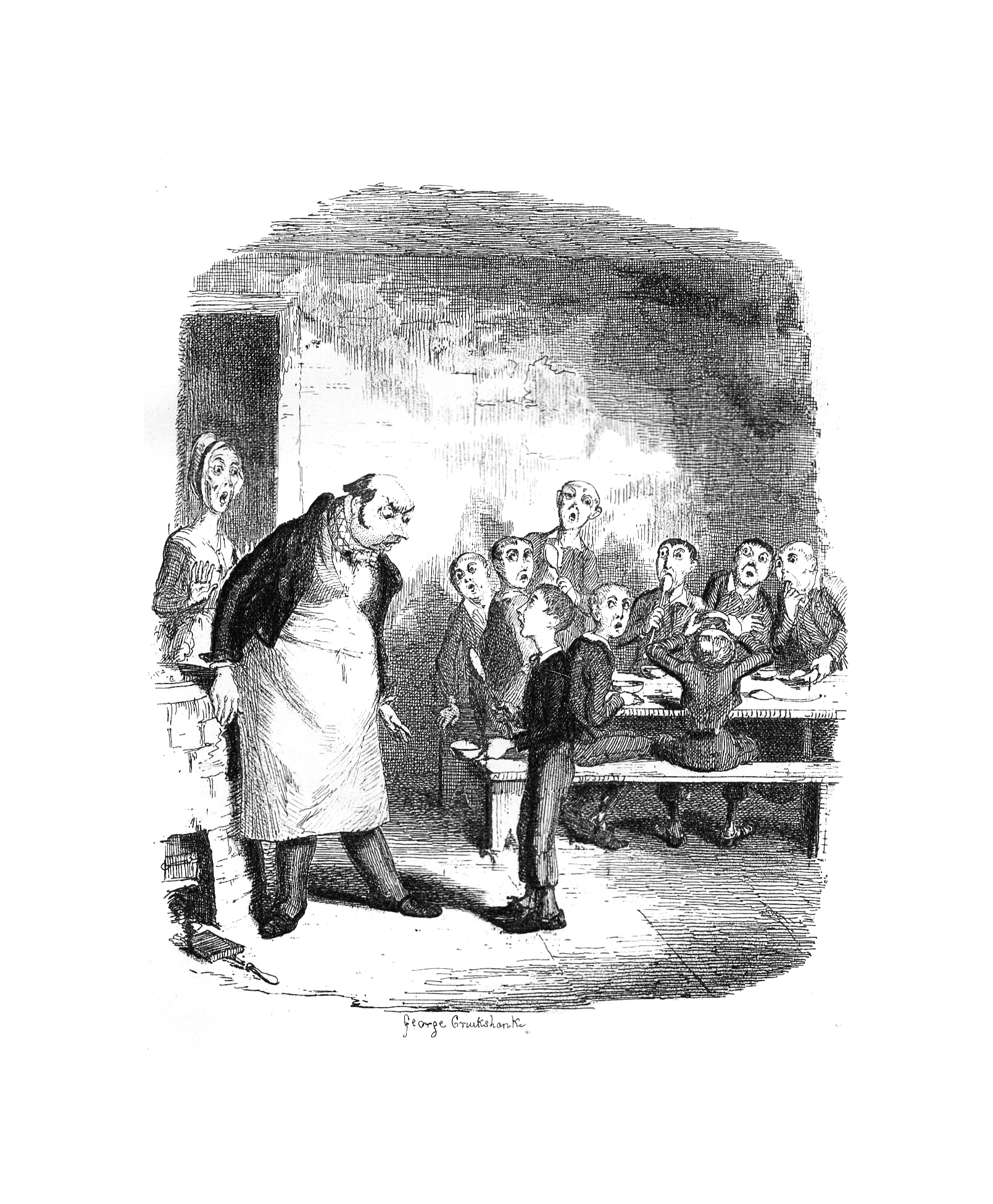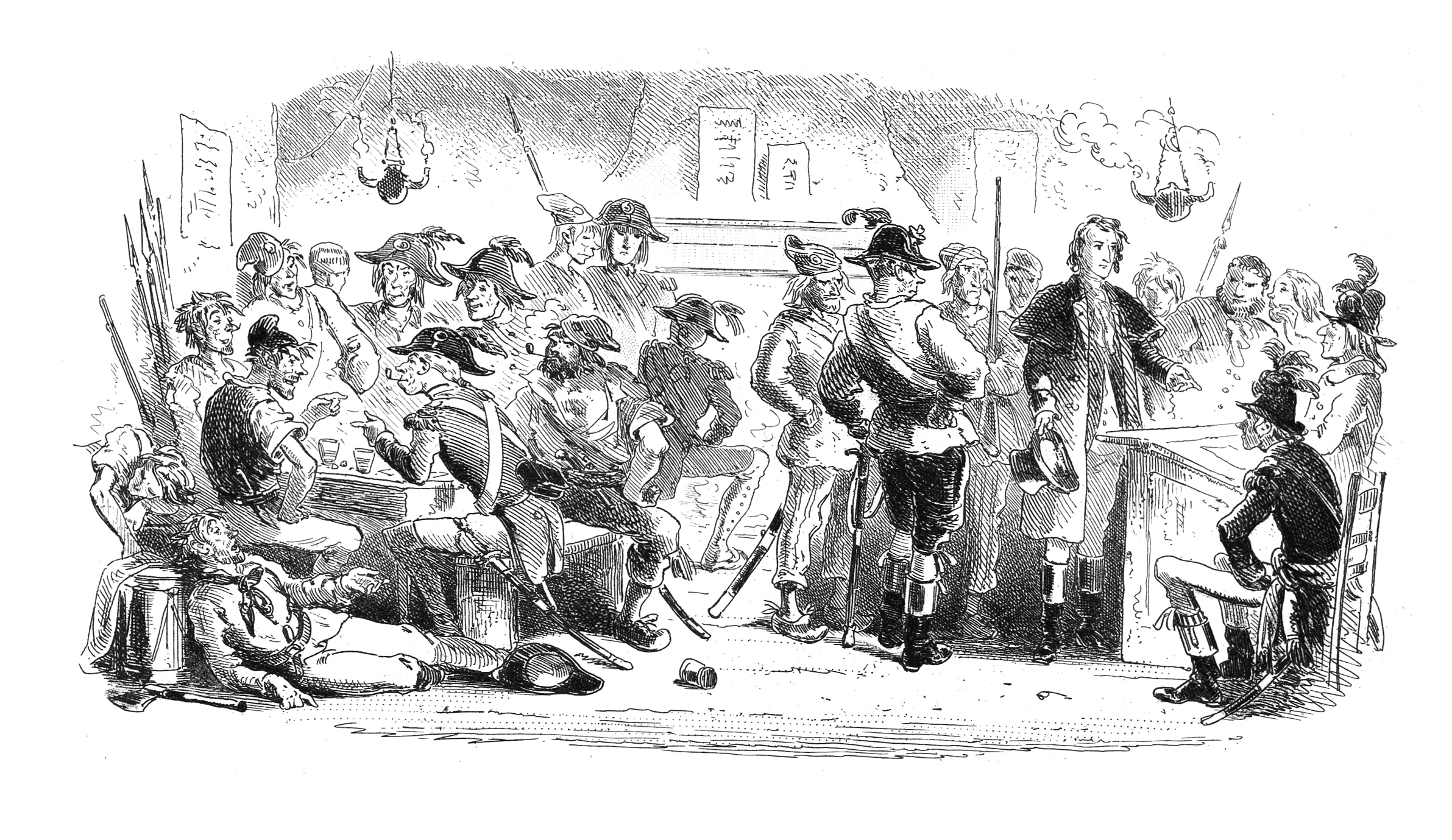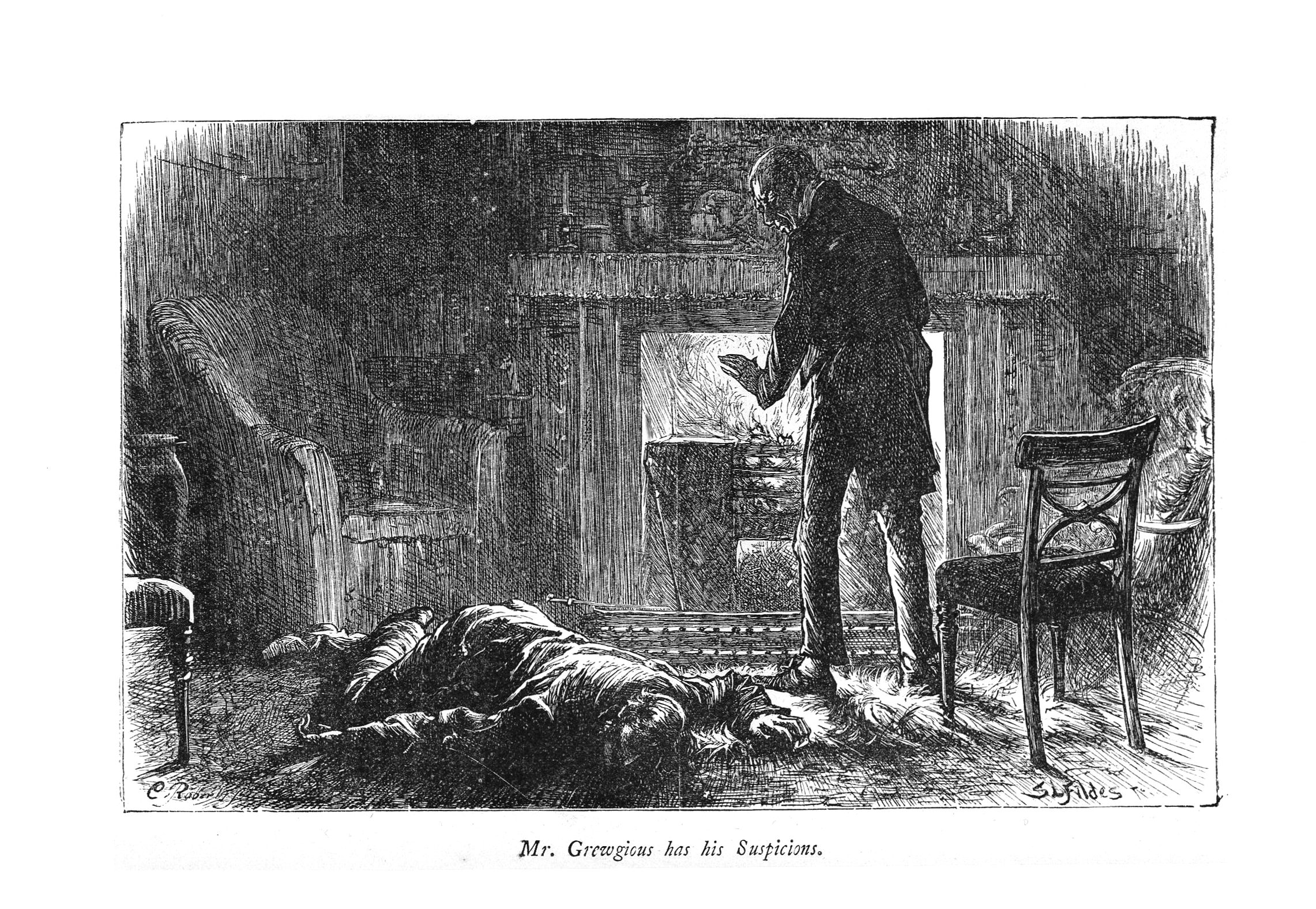
We recognize that Open Culture readers are a creative bunch.
As proof, we point to your Getty Museum Challenge entries and the fact that one of your number won Yale University Press’s Kafka Caption Contest.
We’ve identified another opportunity to show off your creative streak, compliments of All Of It with Alison Stewart, a daily live culture program on WNYC, New York City’s public radio station.
You have until February 13 to write and record an original song inspired by a work in the public domain, and submit it to The All Of It Public Song Project.
Amateurs are welcome to take a crack at it and any genre is cricket, including rap, spoken word, and instrumentals.
Even if you limit yourself to the works that entered the public domain on January 1 of this year, the possibilities are almost endless.
Should you be inclined toward a faithful cover, we encourage you to consider one of 1927’s deep cuts, like Fats Waller’s “Soothin’ Syrup Stomp” or Jelly Roll Morton’s “Hyena Stomp,” though we understand the attraction of Irving Berlin’s enduringly popular “Puttin’ on the Ritz”.
Apologies to Emily Joy, the accomplished young classical pianist, above — participation is limited to entrants aged 18 or older.
The rest of us are free to invent new lyrics for an existing composition, or a brand new tune for existing lyrics.
You might musicalize a poem or speech, some dialogue from a film, or a page from a book.
A bluegrass spin on Fritz Lang’s Metropolis, perhaps?
A death metal re-envisioning of Buttercup Days from A.A. Milne’s Now We Are Six?
How about a sissy bounce take on these lines from “The Adventure of the Mazarin Stone,” the first short story in Arthur Conan Doyle’s collection, The Case-Book of Sherlock Holmes:
“Billy, you will see a large and ugly gentleman outside the front door. Ask him to come up.”
“If he won’t come, sir?”
“No violence, Billy. Don’t be rough with him. If you tell him that Count Sylvius wants him he will certainly come.”
“What are you going to do now?” asked the Count as Billy disappeared.
“My friend Watson was with me just now. I told him that I had a shark and a gudgeon in my net; now I am drawing the net and up they come together.”
The Count had risen from his chair, and his hand was behind his back. Holmes held something half protruding from the pocket of his dressing-gown.
“You won’t die in your bed, Holmes.”
Okay, we’re being silly, but only because we don’t want to put ideas in your head!
You could even concoct something entirely new — perhaps a ballad from the POV of To the Lighthouse’s young James Ramsay, or a ditty apologizing to Virginia Woolf for reading the Cliffs Notes instead of the actual novel when it was assigned in your college Women’s Literature class.
…we’re doing it again, aren’t we?
All right, we’ll leave you to it, with a reminder that anything outside of your public domain source material must be wholly original — no borrowing a catchy tune from Lennon and McCartney, capisci?
Winners will get a chance to discuss their works on WNYC and all qualifying entries will be posted at contest’s end for the public’s listening pleasure.
Contest rules and information on how to submit to The All Of It Public Song Project can be found here.
Good luck! We can’t wait to hear what you come up with.
Related Content
A Search Engine for Finding Free, Public Domain Images from World-Class Museums
400,000+ Sound Recordings Made Before 1923 Have Entered the Public Domain
- Ayun Halliday is the Chief Primatologist of the East Village Inky zine and author, most recently, of Creative, Not Famous: The Small Potato Manifesto and Creative, Not Famous Activity Book. Follow her @AyunHalliday.

